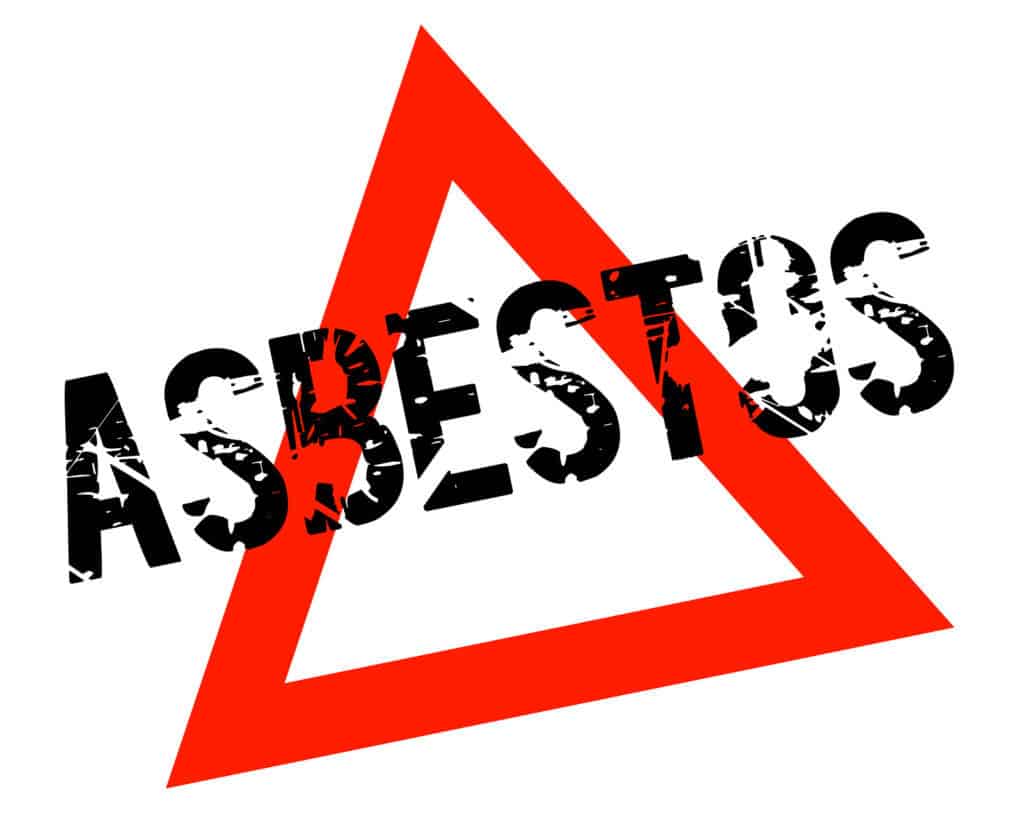A Polish study has found that the concentration of asbestos fibers in the air during the removal process commonly exceeds legal limits.
Asbestos was banned in Poland in 1997. Today, much of the focus is on asbestos removal in the country.
As part of the study, researchers looked at 153 air samples that were taken during the asbestos removal process between 2000 and 2005. In 93% of the job sites, asbestos levels were dangerously high. Employees who regularly work in these conditions are at a significantly higher risk of developing asbestos-related diseases.
Among the 153 air samples, 76 were taken from residential buildings where asbestos cement sheets were being removed. The remaining 77 samples were collected from industrial cooling towers also undergoing asbestos cement removal.
Prior to the removal, the cement sheets in the residential areas appeared to be in excellent condition with no visible damage. However, the sheets were attached to wooden scaffolds that were heavily damaged.
The cement sheets at the cooling towers showed signs of heavy wear and tear due to being continuously washed with hot water. These corroded cement sheets cracked upon removal.
Research has shown that damaged asbestos products, much like the damaged cement sheets in the cooling towers, tend to release higher concentrations of asbestos fibers into the air during the removal process. But the research showed that workers in the residential facility were exposed to higher levels of asbestos compared to those working on the cooling towers.
The air samples showed that workers who were in charge of removing the materials from the structure and transporting the waste were commonly exposed to asbestos fibers that exceeded legal limits.
Samples of ambient air at the cooling tower job sites also contained asbestos fibers, which could have exposed any of the workers in the area.
The Polish study also found that employees at both types of job sites worked shifts longer than 8 hours, increasing their exposure times. Many employees worked up to 80 hours per week.
Extended asbestos exposure increases the risk of death due to asbestos-related disease.


